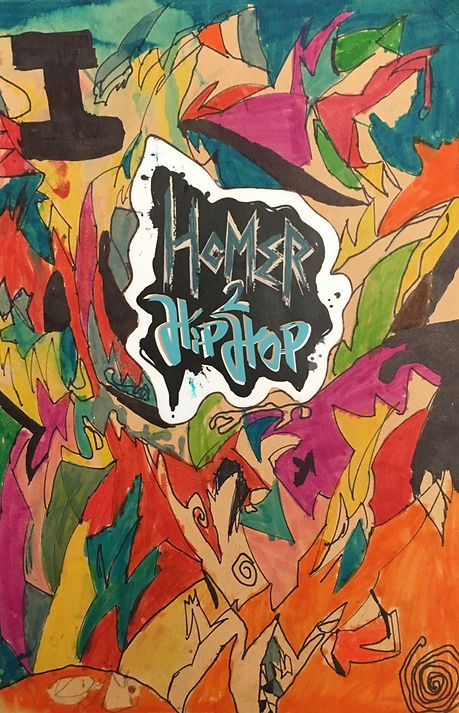About
From Homer 2 Hip Hop is a program where young people explore poetry and oral traditions from around the world and discover the role of poetry in the everyday lives of people


Learn more about City Lore’s Education and Poetry Programs.
Overview
With generous support from the Matisse Foundation and the National Endowment for the Arts, Homer 2 Hip Hop (H2HH) is a multi-year in-school arts program that engages young people in exploring poetry and oral traditions from diverse cultures around the world, including from their own communities in NYC.
Oral poetry has existed much longer than literary poetry, and it continues to thrive as an expressive form in many world cultures, represents peoples’ histories and values, and is integral to their cultural rituals and everyday lives. Oral poetry is important for classroom teachers because it provides a pathway for oral language skill development, creates a crucial link between literature and spoken language, and it expands mainstream conceptions of what constitutes poetry and its functions.
Spoken and sung forms can help students to see connections between their own lives and the poetry they read in school, between literature and social studies, and between cultures and peoples across time and space through the geographic migration and adaptation of these forms and traditions. Making these kinds of connections are critical in terms of fostering a global and interconnected sense of literary heritage and deeper understanding and empathy for diverse cultures and their poetic expressions. It can help develop both oral and written skills, offering suggestions and inspiration for students to create and perform poetry.

Homer 2 Hip Hop Big Ideas
-
Throughout the world, poetry and oral traditions play an important role in the daily lives of people
-
Different cultures have specific forms and traditions associated with poetry and oral art forms
-
For most of human history, poetry has been expressed orally
-
Poetry can be conveyed not only through words, but visually, sonically, and through movement


Meet the City Lore Education Department
Raquel Almazan
Manager of After School Programs

Dr. Amanda Dargan
Director of Education Special Projects and Institute Co-Director


Sahar Muradi
Director of Education Programs and Institute Co-Director

Eva Pedriglieri
Education Program Coordinator
Malini Srinivasan
Manager of School Partnership Programs

Dr. Steve Zeitlin
Executive Director

